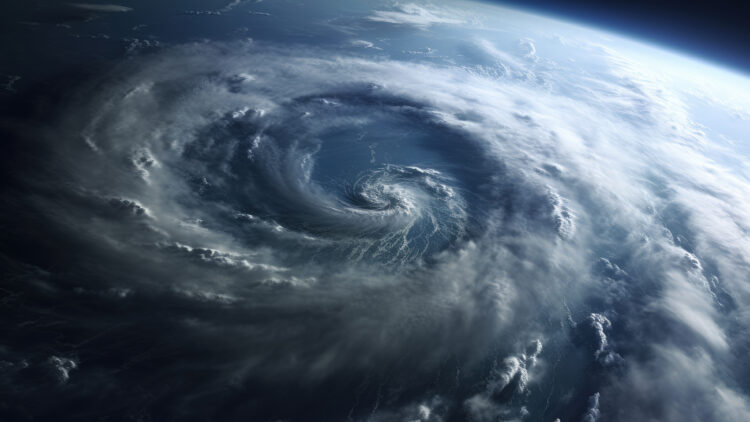As climate change intensifies, experts are increasingly concerned about the potential emergence of Category 6 hurricanes. Rising ocean temperatures are contributing to storms that are not only occurring less often but are also becoming significantly stronger, raising questions about whether the current Saffir-Simpson scale is equipped to handle these extreme cases. Researchers are now advocating for a new category to better communicate the risks associated with these unprecedented storms.
Understanding the current hurricane wind scale
The Saffir-Simpson Hurricane Wind Scale categorizes hurricanes based on their sustained wind specs, ranging from Category 1 (70 miles per hour) to Category 5 (157 miles per hour or more), which indicates catastrophic damage.
However, a recent study suggests that hurricanes with winds exceeding 193 miles per hour should warrant a new Category 6 designation, given the findings of five storms surpassing this threshold since 2013.
According to Michael Wehner, a senior scientist at the Lawrence Berkeley National Laboratory in California, “Some Category 3 storms are really deadly, and some Category 5 storms aren’t by the time they make landfall.”
This inconsistency highlights the inadequacy of the current scale in conveying the actual threats posed by hurricanes.
The case for a Category 6 hurricane
Advocates for a Category 6 designation emphasize the need to adapt the scale in light of changing climate patterns. They argue that while the Saffir-Simpson scale has served its purpose, it fails to account for the growing intensity of storms fueled by climate change.
“The trend in the speed limit is actually pretty strong,” Wehner notes, referring to the recent uptick in hurricane wind speeds.
However, the concept of adding a new category to the Saffir-Simpson scale has been met with skepticism by some meteorologists, including AccuWeather Chief Meteorologist Jon Porter. He asserts that “it is not evident how having an additional category … would improve preparation or decisions.”
The concern is that this could diminish the urgency for lower-category storms, which can also be just as devastating.
Broader implications of hurricane intensity
The primary danger of hurricanes lies not just in their wind strength but also in associated hazards such as storm surges and heavy rainfall. Dr. Joel Myers, founder of AccuWeather, emphasizes that the scale “on its own doesn’t capture all the severe impacts of hurricanes and tropical storms.”
This is crucial, as studies indicate that approximately 76% of hurricane-related deaths are linked to flooding and storm surges, rather than wind damage.
Additionally, Michael Brennan, director of the National Hurricane Center (NHC), highlighted the importance of focusing on the individual risks posed by storms, rather than placing excessive emphasis on their category.
“At NHC, we’ve tried to steer the focus toward the individual hazards,” states Brennan.
As the climate continues to change, the urgency for improved communication about the risks associated with hurricanes becomes paramount. Researchers recommend adopting a more nuanced approach that includes a range of storms—including flooding and storm surges—into other messaging that accompanies hurricane classifications.
“Our results are not meant to propose changes to this scale, but rather to raise awareness that the wind-hazard risks from storms presently designated as Category 5 have increased,” says James Kossin, an atmospheric scientist.
While the debate over the necessity of a Category 6 hurricane rages on, it;s evident that the current wind scale may not fully encapsulate the evolving nature of storms. Increased hurricane intensity and changing climate patterns necessitate a reassessment of how we communicate risks. As Wehner says, “We don’t expect that the hurricane center or [the World Meteorological Organization] will add this Category 6,” but the conversation is important for boosting public awareness and safety.

